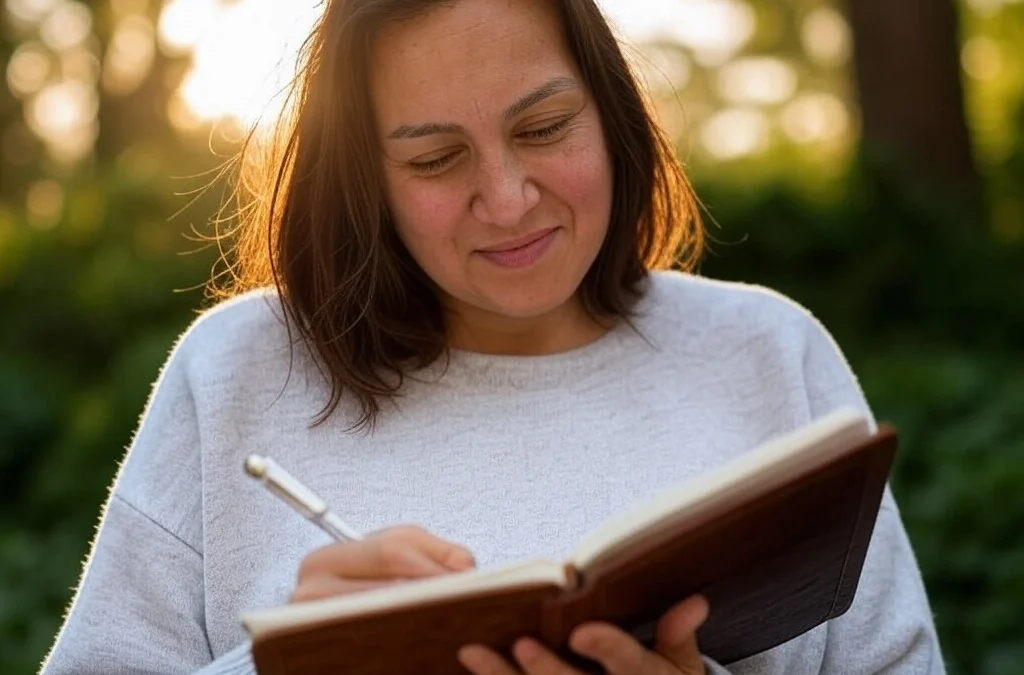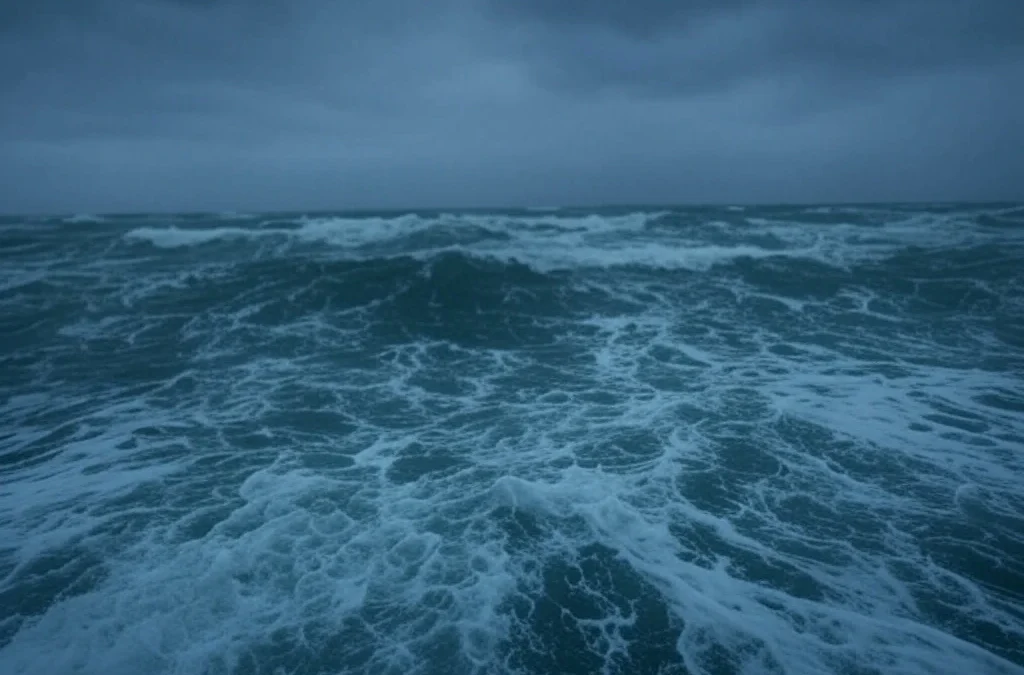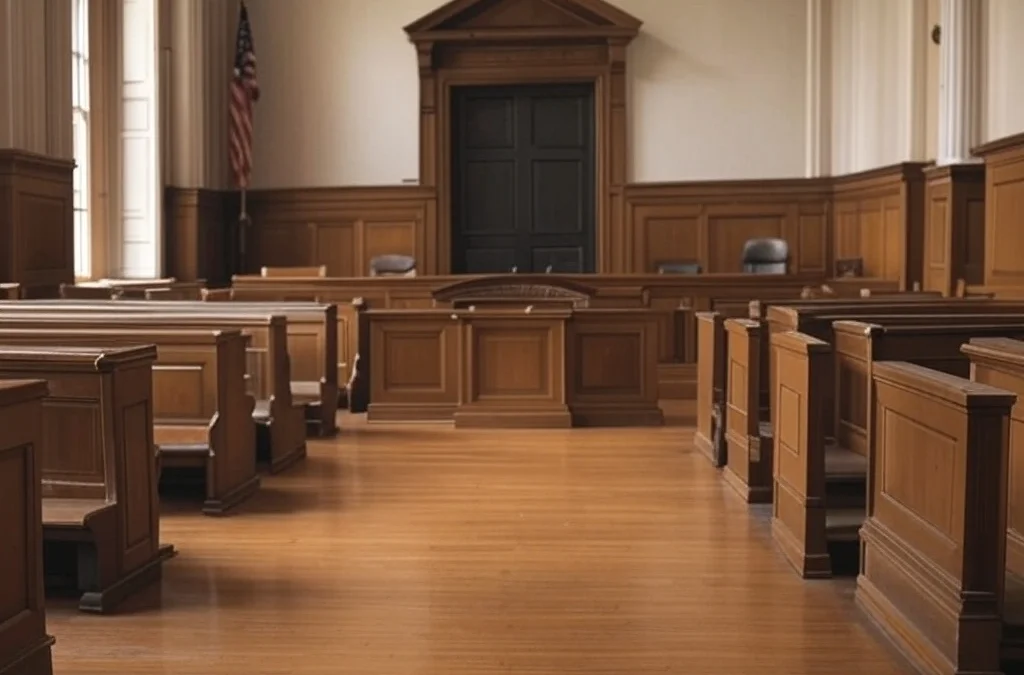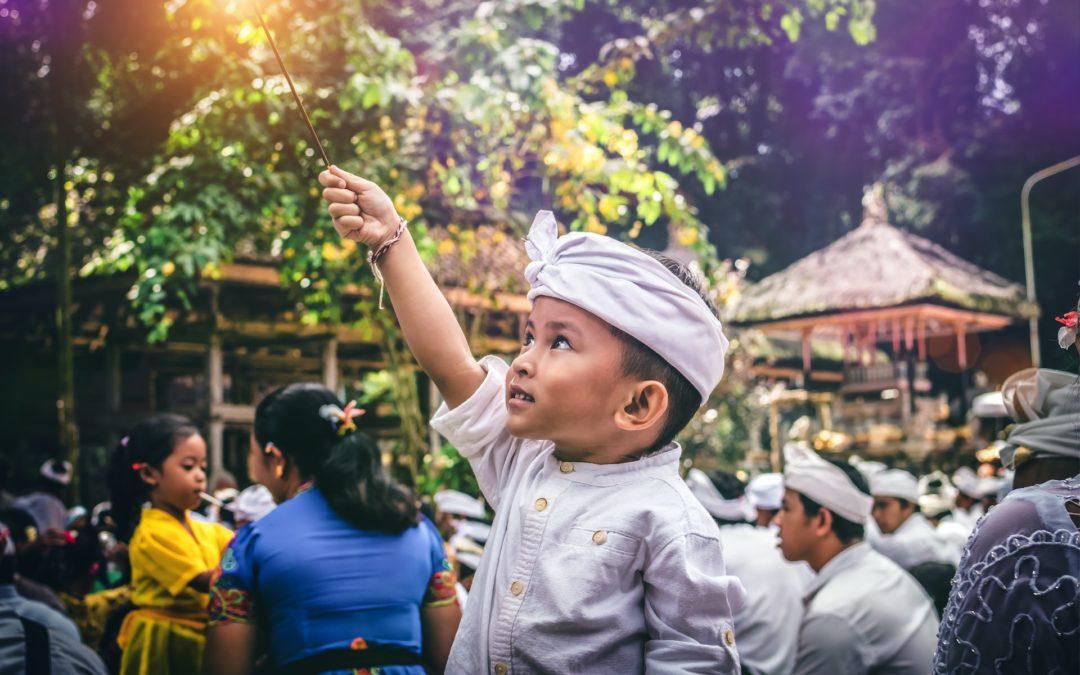Cultural enrichment is the process of enhancing one’s knowledge, skills, values, and attitudes by interacting with people from different backgrounds, perspectives, and traditions. It can also refer to the benefits that individuals and societies gain from such interactions. Cultural enrichment examples are abundant in our increasingly diverse and interconnected world.
Some of the cultural enrichment examples that we will explore in this article are: learning a new language, traveling to a different country, participating in a cultural exchange program, attending a multicultural festival, reading a book or watching a movie from another culture, volunteering for a humanitarian cause, joining a club or organization that celebrates diversity, listening to music or viewing art from different genres and styles, cooking or eating a dish from another cuisine, and more. These examples show how cultural enrichment can broaden our horizons, enrich our lives, and foster mutual understanding and respect among people.
What is Cultural Enrichment?
Cultural enrichment refers to the process of fostering appreciation, understanding, and preservation of diverse cultural practices, traditions, and heritage within a society. It involves the exchange of ideas, values, arts, and customs that contribute to the growth and development of a vibrant, inclusive community. Cultural enrichment encompasses embracing diversity, promoting tolerance, and nurturing mutual respect among individuals from various backgrounds. This multifaceted enrichment enhances social cohesion, fosters creativity, and broadens perspectives, ultimately fostering a more interconnected and harmonious society.
Cultural enrichment manifests through various mediums, including literature, music, art, cuisine, language, and rituals. It involves celebrating the uniqueness of different cultures while also recognizing the shared humanity that unites us all. Embracing cultural enrichment encourages cross-cultural dialogue, which facilitates the exchange of knowledge and ideas, leading to innovation and progress.
This process not only preserves cultural heritage but also encourages its evolution, ensuring its relevance in contemporary society. By embracing diversity and cultural enrichment, communities and societies can tap into a rich tapestry of experiences, fostering a more inclusive environment where individuals feel valued and understood.
Moreover, cultural enrichment serves as a powerful tool for education, promoting empathy and understanding by exposing individuals to perspectives and experiences beyond their own. It encourages a sense of curiosity and open-mindedness, fostering a deeper appreciation for the interconnectedness of our global community.
Overall, cultural enrichment is a continuous and dynamic process that enriches the human experience, promoting harmony, understanding, and appreciation among diverse populations.
The Best Cultural Enrichment Examples
1. Culinary Exploration – Trying foods from different cultures is like embarking on a flavorful journey. It’s not just about taste; it’s a sensory exploration of ingredients, cooking techniques, and the cultural significance of meals. Each dish tells a story, connecting you to the traditions and history of a community.
2. Language Learning – Acquiring a new language is more than just mastering words; it’s a gateway to understanding the nuances of communication and cultural expressions. Language is a vessel for traditions, idioms, and the unique ways in which people articulate their thoughts and emotions.
3. Traveling – Traveling goes beyond sightseeing; it’s an immersive experience in cultural diversity. It allows you to witness daily life, traditions, and social dynamics firsthand. The places you visit become classrooms, offering lessons in history, art, and human connection.
4. Literature Exploration – Reading books from different cultures is like stepping into another person’s shoes. Literature provides a profound insight into the collective psyche of a community, unraveling its values, struggles, and triumphs. It fosters empathy by letting you see the world through diverse perspectives.
5. Art Appreciation – Art is a universal language, and exploring diverse art forms provides a visual narrative of a culture’s evolution. Each brushstroke, sculpture, or piece of art carries layers of meaning, reflecting societal values, beliefs, and the artist’s interpretation of the world.
6. Music Appreciation – Music is a universal connector, transcending linguistic barriers. Appreciating music from various cultures exposes you to different rhythms, instruments, and lyrical themes. It’s an emotional journey that resonates with the cultural soul and history of a people.
7. Traditional Festivals – Participating in or learning about cultural festivals is an immersive celebration of traditions. Festivals are a culmination of history, religious beliefs, and communal spirit. Being part of these events allows you to experience the vibrancy and unity that cultural celebrations bring.
8. Museum Visits – Museums are treasure troves of history and artifacts, offering a tangible connection to the past. Exploring exhibitions provides a context for understanding cultural evolution, technological advancements, and the artistic achievements that shape societies.
9. Film and Documentaries – Films and documentaries are powerful mediums for storytelling. They provide a cinematic window into different cultures, offering narratives that highlight social issues, historical events, and individual stories. It’s a cinematic exploration of the human experience.
10. Dance Exploration – Learning or observing traditional dances is a dynamic way to understand a culture’s history and social dynamics. Dance is a form of expression deeply rooted in cultural rituals, and each movement tells a story, conveying emotions, narratives, and collective memories.
11. Cultural Workshops – Workshops that focus on traditional crafts or cooking provide hands-on experiences. Engaging in these activities not only hones practical skills but also fosters a deeper appreciation for the craftsmanship and cultural significance embedded in these practices.
12. Cultural Exchanges – Engaging in exchanges with people from different backgrounds is a two-way bridge of understanding. It involves sharing perspectives, traditions, and daily life, fostering mutual respect, and breaking down stereotypes.
13. Attending Performances – Enjoying performances, whether theatrical or dance, is an immersive experience in cultural expression. Performances often embody cultural narratives, myths, and societal dynamics, offering a captivating glimpse into the artistic heritage of a community.
14. Online Learning Platforms – Utilizing online platforms for learning about different cultures brings education to your fingertips. It’s a convenient way to explore topics ranging from history and language to art and cuisine, contributing to a self-directed cultural enrichment journey.
15. Ethnic Neighborhood Exploration – Visiting ethnic neighborhoods provides an authentic taste of daily life within a specific cultural context. It’s an opportunity to engage with local businesses, try authentic cuisines, and witness cultural practices in a real-life setting.
16. Traditional Clothing – Wearing or learning about traditional clothing is more than a fashion statement. It’s a tangible expression of cultural identity, reflecting historical influences, regional climates, and societal roles. Understanding the significance behind each garment deepens cultural awareness.
17. Cultural Documentaries – Watching documentaries that delve into the history and traditions of different cultures offers a comprehensive understanding. Documentaries provide a visual narrative, combining storytelling with factual information to explore the complexities and richness of various societies.
18. Volunteer Work – Engaging in volunteer work with diverse communities is a hands-on approach to cultural enrichment. It involves collaborating with people from different backgrounds, fostering empathy, and contributing to the well-being of communities.
19. Photography – Capturing images of different cultures and landscapes is a visual exploration of diversity. Photography allows you to freeze moments in time, highlighting the beauty, resilience, and uniqueness of cultures around the world.
20. Global Cuisine Cooking Classes – Taking cooking classes focused on global cuisines is a sensory and educational experience. It not only teaches culinary skills but also provides insights into the cultural significance of ingredients, cooking methods, and traditional recipes.
21. Traditional Games – Playing traditional games from various cultures is a playful way to understand their recreational activities. Games often carry historical and cultural significance, reflecting societal values and offering a glimpse into the leisure pursuits of different communities.
22. Social Media Exploration – Following individuals from different cultures on social media platforms opens a virtual window into diverse perspectives. It’s a modern way to connect with people worldwide, fostering a global sense of community and understanding.
23. Cultural Competence Training – Participating in training programs to develop cultural competence goes beyond surface-level knowledge. It involves deepening one’s understanding of cultural nuances, and communication styles, and fostering an appreciation for diversity in professional and personal interactions.
24. Architectural Exploration – Studying and appreciating architecture from different regions is like reading the built history of a culture. Architecture reflects not only aesthetic choices but also societal values, technological advancements, and environmental considerations.
25. Historical Tours – Taking guided tours of historical sites provides a context for understanding cultural evolution. It’s a journey through time, unraveling the layers of history, and connecting with the stories embedded in ancient structures and landmarks.
26. Cultural Reading Groups – Joining book clubs focused on diverse cultures encourages discussion and shared learning. It’s a collaborative exploration of literature that deepens your understanding of cultural contexts, perspectives, and literary traditions.
27. Philosophical Exploration – Studying the philosophies and belief systems of different cultures provides insights into their worldviews. It’s a reflective journey into the fundamental questions of existence, morality, and the human experience, shaped by diverse cultural perspectives.
28. Attending Cultural Events – Participating in cultural events, from art exhibitions to music festivals, offers immersive experiences. It’s a celebration of creativity, diversity, and collective expression, fostering a sense of belonging to a global community.
29. Digital Cultural Archives – Exploring online archives that preserve cultural heritage, such as virtual museum tours or digital libraries, brings cultural enrichment to the digital realm. It’s a modern approach to accessing and preserving the wealth of human cultural history.
30. Cultural Dialogues – Engaging in open and respectful dialogues with individuals from different cultures is a bridge-building exercise. It involves active listening, sharing perspectives, and fostering connections that transcend cultural boundaries, contributing to a more harmonious and interconnected world.
Importance of Cultural Enrichment
In a world abuzz with rapid globalization and interconnectedness, the notion of cultural enrichment stands as an invaluable cornerstone, defining the richness of our societal tapestry. It transcends geographical boundaries, embracing the diversity of traditions, beliefs, and expressions that breathe life into our collective human experience.
At its essence, cultural enrichment isn’t merely a passive appreciation of exotic cuisines or colorful festivities. It is the vibrant interplay of ideas, customs, and values that interlace to shape our identities and perceptions. Consider it as the kaleidoscope of humanity, where each unique facet contributes to a mosaic of understanding and empathy.
The importance of cultural enrichment lies not only in preserving heritage but also in fostering unity amidst diversity. By immersing ourselves in the mosaic of cultures, we glean perspectives that broaden our horizons and challenge our preconceptions. It’s a conduit to bridge gaps, dismantle prejudices, and build bridges of empathy across communities.
Moreover, cultural enrichment is the catalyst for innovation and progress. Within the tapestry of cultural diversity lie boundless founts of inspiration. The amalgamation of varied viewpoints and approaches incubates creativity, propelling advancements in art, science, technology, and beyond.
Yet, in our fervor for progress, the fragility of cultures often goes unnoticed. Globalization, while knitting us closer together, poses a paradoxical threat to cultural diversity. Homogenization looms, risking the erosion of unique traditions and languages, casting shadows upon the intricate fabric of our heritage.
Preserving cultural diversity demands our active stewardship. It beckons us to champion inclusivity, celebrate differences, and safeguard the richness embedded in each tradition and narrative. Embracing cultural enrichment isn’t a passive indulgence but an active commitment to nurture, respect, and cherish the wealth that diverse cultures offer.
In a world fraught with discord, the threads of cultural enrichment weave a narrative of unity, understanding, and celebration. It’s an ongoing dialogue that transcends boundaries, fostering a global community that thrives on the harmonious symphony of myriad cultures. As custodians of this legacy, our collective responsibility is to safeguard and nurture this kaleidoscope of human expression for generations yet to come.
Pros of Cultural Enrichment
Cultural enrichment brings forth numerous benefits that shape individuals and societies in profound ways. Here are ten of the most significant advantages:
Broadened Perspectives – Cultural enrichment offers a kaleidoscope of viewpoints, shattering the limitations of narrow thinking. It exposes us to diverse traditions, beliefs, and customs, broadening our outlook and fostering empathy.
Enhanced Understanding – Through cultural enrichment, we gain a deeper understanding of history, heritage, and the human experience. It bridges gaps, allowing us to appreciate different values and ideologies.
Increased Tolerance – Embracing diverse cultures nurtures acceptance and tolerance. It teaches us to celebrate differences, fostering a society where respect for each other’s uniqueness becomes the norm.
Intellectual Growth – Exposure to various cultures stimulates intellectual curiosity. It encourages learning new languages, exploring art, music, literature, and history, thereby expanding our knowledge base.
Creativity and Innovation – Cultural diversity sparks creativity by blending different ideas, styles, and perspectives. It fuels innovation as individuals draw inspiration from a multitude of sources.
Improved Communication – Cultural enrichment facilitates effective communication across borders. It equips individuals with the ability to interact respectfully and thoughtfully in diverse settings, breaking down language and cultural barriers.
Enriched Relationships – Understanding and appreciating different cultures enhances interpersonal relationships. It fosters deeper connections, building bridges of friendship and collaboration.
Cultural Exchange – Enrichment leads to vibrant cultural exchanges, where people share their customs, traditions, and art forms. This exchange fosters mutual respect and a sense of unity in diversity.
Global Citizenship – Cultural enrichment nurtures a sense of global citizenship. It instills a responsibility to contribute positively to the world by respecting and valuing all cultures.
Personal Growth – Ultimately, cultural enrichment fuels personal growth. It encourages self-reflection, challenges biases, and nurtures a sense of open-mindedness, leading to a more enriched and fulfilling life.
Challanges of Cultural Enrichment
Cultural enrichment, while incredibly valuable, can indeed pose challenges and disadvantages. Here are ten significant ones:
Cultural Clashes – When diverse cultures interact, clashes in traditions, values, and beliefs can arise. This clash might lead to misunderstandings, conflicts, and difficulties in finding common ground.
Loss of Cultural Identity – Introducing new elements into a culture can dilute or erode its unique identity over time. This loss might result in the disappearance of traditional practices, languages, or customs.
Stereotyping and Prejudice – Cultural enrichment can sometimes reinforce stereotypes or fuel prejudices as people make assumptions based on superficial understandings of other cultures.
Social Division – In some cases, cultural enrichment can deepen societal divisions, creating insular communities that isolate themselves from others, leading to fragmentation within a society.
Resistance to Change – Embracing new cultural elements might face resistance from conservative factions within a society, causing tensions and hindering progress.
Economic Disparities – Certain cultural enrichments might inadvertently exacerbate economic disparities within a society, particularly if certain cultural groups benefit more from the enrichment than others.
Language Barrier – Introducing new languages or dialects can create communication barriers, affecting education, employment, and social integration.
Cultural Appropriation – There’s a risk of exploitation or misrepresentation of certain cultural elements by others, which can be disrespectful and perpetuate inequality.
Ethical and Moral Conflicts – Conflicting ethical or moral values between cultures might arise, challenging societal norms and leading to ethical dilemmas.
Political Instability – In regions with diverse cultures, political stability can be challenging to maintain due to differing cultural interests and priorities, leading to political tension and unrest.
The Most Popular on BitGlint

50 Journaling Examples to Inspire Your Writing
Journaling has been a powerful practice for centuries, used by everyone from famous writers and historical figures to...

20 Examples of Time and Its Meaning
Time is something we all experience, yet it can feel like a mystery. Have you ever noticed how a minute can fly by...

50 Intellectual Challenge Examples
Intellectual challenges serve as excellent tools for mental stimulation, cognitive development, and continuous...

50 Ambition Examples in Life and Work
Ambition is the drive to achieve something greater. It pushes people to improve, set goals, and keep moving...

30 Disappointment Examples & Definition
Disappointment is an emotional response we all experience when our hopes, expectations, or desires aren't met. It's...

30 Moral Reasoning Examples & Definition
Moral reasoning is something most people use every day, often without even realizing it. It’s the thought process...

50 Moral Principles and Examples of Each
Moral principles serve as the foundation of ethical decision-making, guiding our actions and interactions in everyday...
Get Inspired with BitGlint

